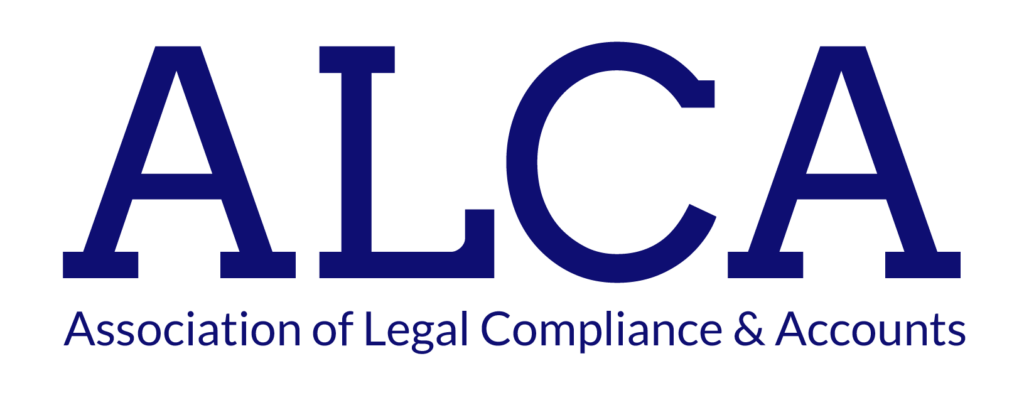CLC Practice responsibilities
6.1 The CLC Practice must procure the delivery by the Reporting Accountant to the CLC of an Accountant’s Report if at any time during an Accounting Period the CLC Practice held or received Client Money.
6.2 The Accountant’s Report must be delivered by the Reporting Accountant to the CLC within 6 months of the end of the Accounting Period. 4
6.3 The CLC Practice must immediately notify the CLC of any changes to the identity, address or any other relevant details of the Reporting Accountant.
6.4 The CLC Practice must supply the Reporting Accountant with any and all records and explanations required to exercise their duties.
6.5 The CLC Practice must apply to the CLC for consent to vary the Accounting Period.
Reporting Accountant eligibility
6.6 The Reporting Accountant must be a member of one of the following accounting bodies and must be in good standing at the time of signing the Accountant’s Report:
- the Institute of Chartered Accountants in England and Wales
- the Institute of Chartered Accountants of Scotland
- the Institute of Chartered Accountants in Ireland, or
- the Association of Chartered Certified Accountants.
6.7 A person may not be a Reporting Accountant if:
- the accountant has been found guilty by a professional body of professional misconduct or equivalent
- at any time between the beginning of the Accounting Period to which the Accountant’s Report relates and the signing of the Accountant’s Report, they were either a partner, employee or officer in the CLC Practice to which the Accountant’s Report relates, or were employed by the same employer as the Authorised Person for whom the Accountant’s Report is given, or
- c. the CLC has disqualified the accountant from completing, signing and delivering an Accountant’s Report because it is satisfied that the accountant:
- has failed to exercise due care and skill in the preparation of an Accountant’s Report, or
- has an actual or reasonably apparent conflict of interest.
Reporting Accountant responsibilities
6.8 The Reporting Accountant must be engaged to:
- determine whether the Accounts Code has been complied with, by examining:
- internal controls, management oversight and supervision systems
- monthly Client Account reconciliations
- Client Account balances, transactions and shortfalls
- complete, sign and deliver the Accountant’s Report in the form required by the CLC with any supporting schedules to the CLC with a copy to the CLC Practice
- report directly and immediately to the CLC without prior reference to the CLC Practice if in the course of the engagement evidence of theft or fraud affecting Client Money is discovered or there is a reasonable belief that Client Money may be at risk
- report directly to the CLC if their appointment is terminated after:
- the issue of, or indication of the intention to issue, a qualified Accountant’s Report
- concerns are raised with the CLC Practice in the course of their retainer
- retain the terms of engagement for at least 2 years after delivery of the Accountant’s Report, and to provide the CLC with a copy on request.
- on request, provide the CLC any further relevant information relating to the compilation of the Accountant’s Report.
6.9 By accepting the engagement the Reporting Accountant agrees that:
- the CLC will rely upon the content of the Accountant’s Report
- a duty of care is owed by the Reporting Accountant to the CLC
- the Reporting Accountant’s liability to the CLC will be limited to the loss and costs suffered by the CLC arising from items the Reporting Accountant has negligently or fraudulently failed to identify and specify in the Accountant’s Report
- to the extent necessary to enable the Reporting Accountant to comply with the paragraphs 6.9(a)-(c), the CLC Practice waives its rights of confidentiality. The waiver extends to any report made, documents produced or information disclosed to the CLC in good faith and in accordance with these instructions, even though it may subsequently transpire that the Reporting Accountant was mistaken in his belief that there was cause for concern.
